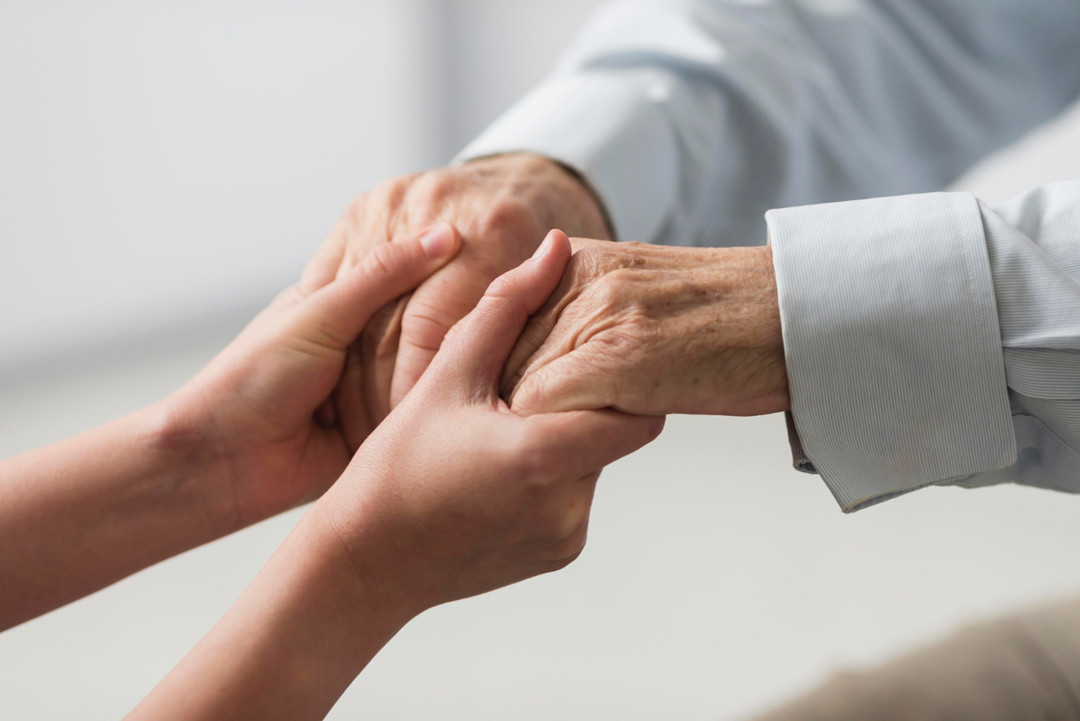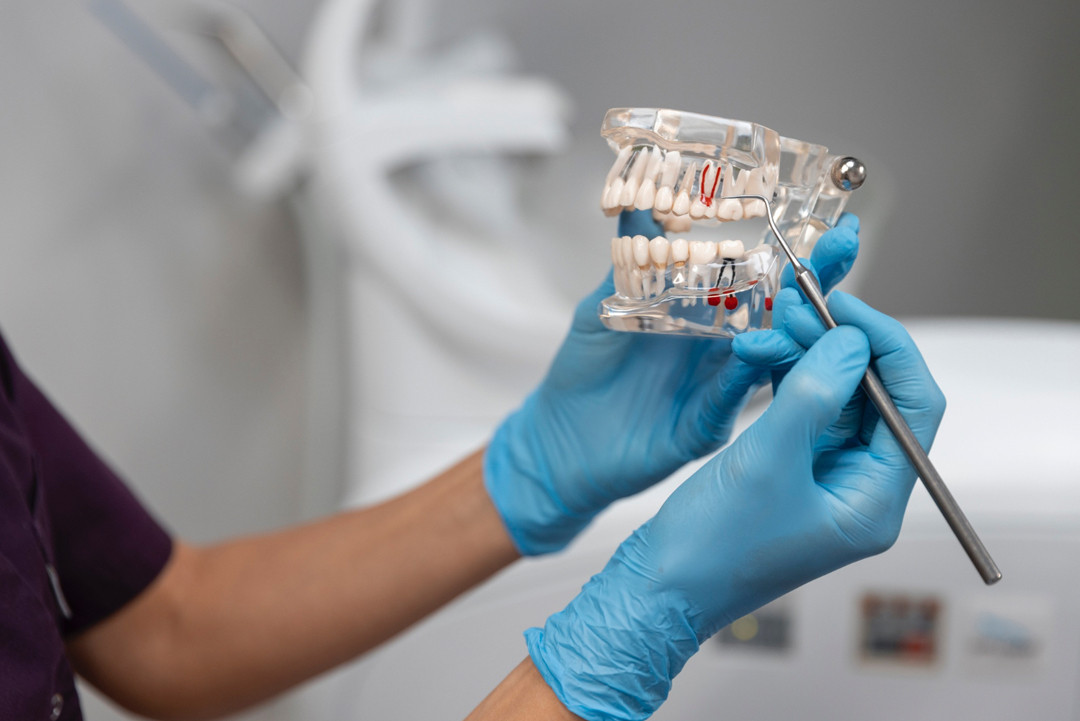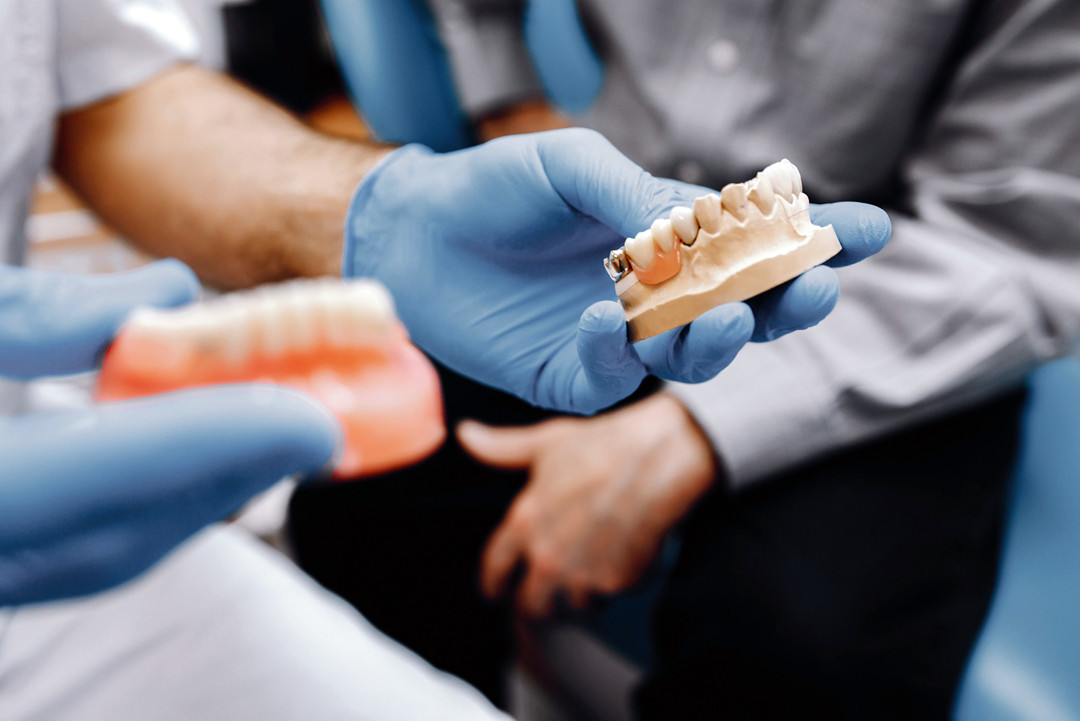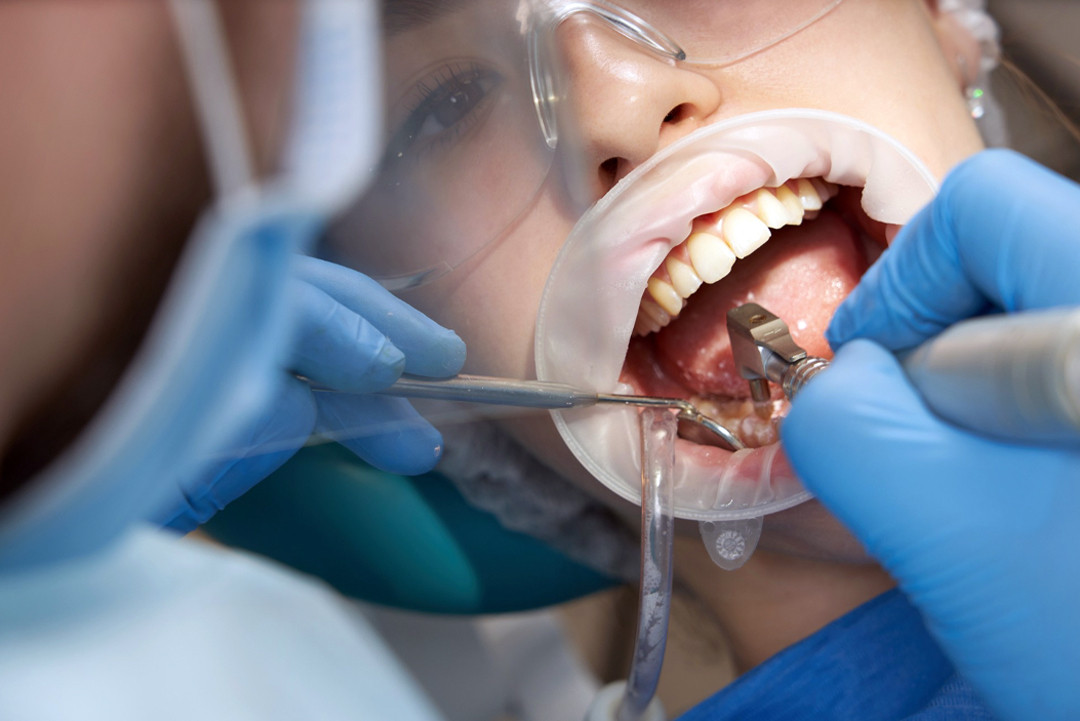Overview of Medical Ecology and Hydroclimatology
Medical Ecology
- Focuses on the interaction between the environment and human health.
- Addresses the impact of pollution, climate change, and land use changes on health.
- Commonly linked to conditions such as heatstroke, cardiovascular diseases, arthritis, and fibromyalgia.
Hydroclimatology
- Studies the relationship between water and climate.
- Investigates how changes in water resources and climate patterns affect human health.
- Highlights risks like water-borne diseases, floods, and vector-borne illnesses.
Applications and Treatments
Balneology and Hydrotherapy
Balneology involves therapeutic use of natural mineral resources, including:
- Balneotherapy (Crenotherapy):
- Use of natural mineral waters for baths, drinking cures, and inhalation therapies.
- Commonly treats musculoskeletal and rheumatic diseases like arthritis and fibromyalgia.
- Hydrotherapy:
- Utilizes pure water for therapeutic purposes.
- Applied in the form of baths, compresses, and water exercises.
- Climatotherapy:
- Utilizes climate factors for treatment (e.g., altitude, humidity, and sunlight).
- Often used for respiratory and dermatological conditions.
- Therapies with Balneological Gases:
- Carboxytherapy: Carbon dioxide gas treatments for circulation improvement.
- Radon Therapy: Utilization of radon gas for pain management.
- Hydrogen Sulfide Therapy: Sulfur-rich water baths for skin and joint health.
Significance in Medical Science
These fields integrate traditional methods with modern medicine to address chronic and complex conditions. Treatments focus on:
- Chronic Pain Management: Arthritis, fibromyalgia, and inflammatory rheumatic diseases.
- Environmental Health: Mitigating effects of pollution, climate change, and extreme weather on health.
- Sustainability in Healthcare: Promoting eco-friendly healthcare practices, such as waste reduction and resource conservation.
Benefits of Treatments
- Reduced Risk of Side Effects: Treatments are minimally invasive and often complementary to pharmacological options.
- Holistic Improvement: Enhances physical, psychological, and social well-being.
- Accessibility: Can be implemented in spas, clinics, hospitals, or even home settings.
Research and Advancements
Key Contributions
- Health Impact Monitoring:
- Enhanced understanding of air pollution, toxins, and water resource changes.
- Studies linking land use changes to health outcomes.
- Climate Change Adaptation:
- Development of interventions to address vector-borne diseases and water-borne illness outbreaks.
- Balneological Sciences:
- Advances in using mineral-rich resources for therapeutic purposes.
Therapeutic Applications
- Effective for skin diseases, cardiovascular health, endocrine disorders, and respiratory conditions.
- Complementary approaches like physiotherapy, dietary therapy, exercise, and psychotherapy enhance outcomes.
Conditions Treated
- Rheumatic Diseases: Arthritis, fibromyalgia, and soft tissue injuries.
- Cardiovascular Disorders: Improved circulation and reduced vascular inflammation.
- Skin Diseases: Psoriasis, eczema, and other dermatological conditions.
- Respiratory Conditions: Chronic bronchitis, asthma, and sinusitis.
Conclusion
Medical Ecology and Hydroclimatology bridge environmental science and medical practice, offering innovative solutions to address complex health issues influenced by climate and environmental changes. These therapies are highly effective, particularly in regions rich in geothermal resources like Türkiye, and continue to expand as research progresses.


















